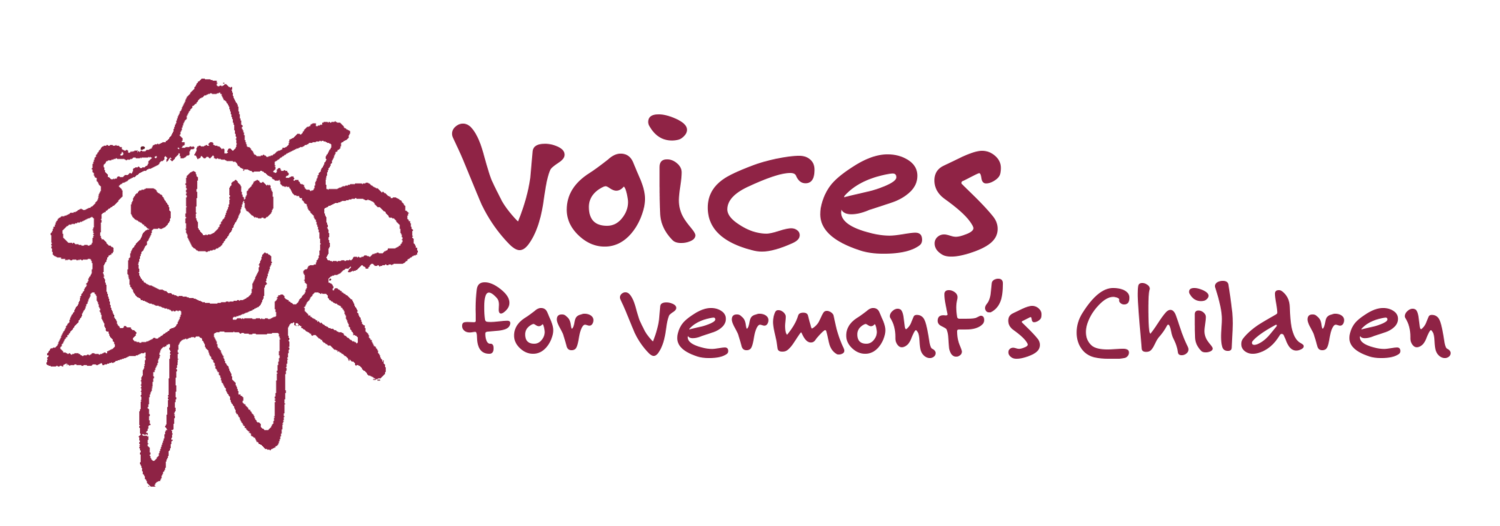School Meals
In the 2013-2014 school year, 40.7% of students received meals categorized as free or reduced-price.
Population
While the total population of Vermont has grown to an estimated 626,630, our child population has fallen since the 2000 Census count of 147,523 to an estimated 122,701 kids in 2013.
Early Prenatal Care
Between 2000 and 2010, the rate of pregnant women in Vermont receiving early prenatal care ranged between 80 and 85 percent.
Teen Births
Teen mothers often have fewer resources than older parents to provide for a healthy baby and for themselves.
Birthweight
Babies with low birthweight – under 5.5 pounds – are at risk for respiratory conditions, cognitive and developmental delays, and other long-term health complications.
